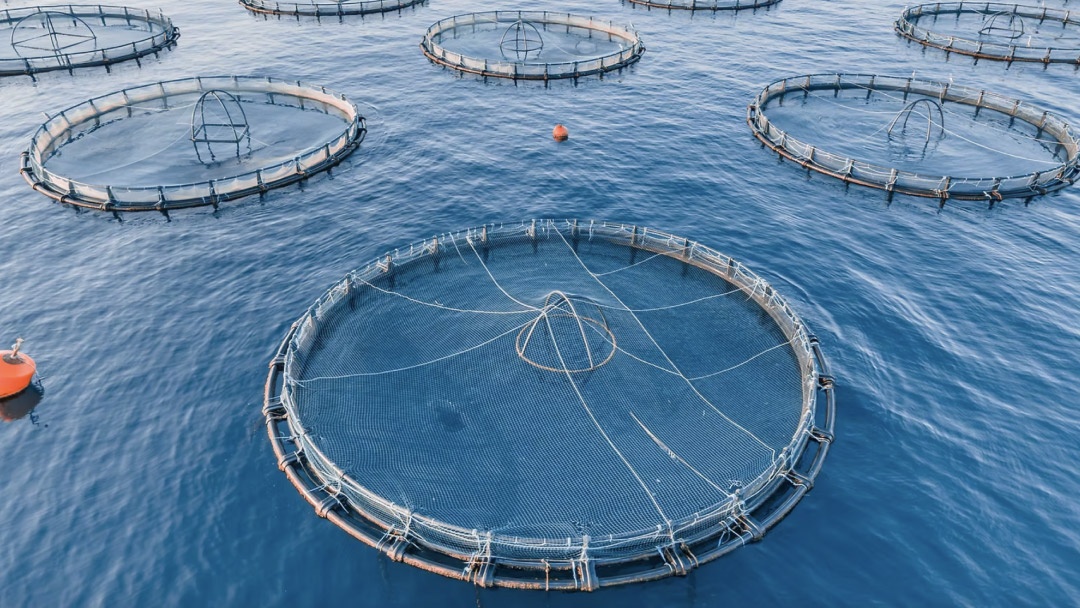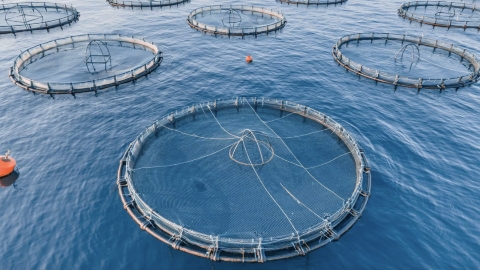
The Aquaculture Advisory Council (AAC) has cautiously welcomed the European Commission’s proposal (COM (2025) 435 final) for a complete overhaul of the European Fisheries and Aquaculture Statistics (EFAS) regulation.
The initiative, laid out in an official AAC recommendation, aims to guarantee that EU statistics are relevant, high-quality, comprehensive, comparable, and timely for the design, monitoring, and evaluation of policies related to aquaculture.
Crucially, however, the AAC is pressing for numerous amendments to the draft legislation, arguing they are essential to provide a more accurate and holistic view of the aquaculture sector, which it firmly believes should be treated as distinct from commercial fisheries.
A major point of contention for the AAC is the significant time lag in publishing current statistical data on production and monetary value, which it notes “does not provide a valid platform for sector analyses and policy development”. The Council has therefore included an article requiring Member States to publish data on production (weight of sales) and monetary value no later than six months after the end of the previous year, stressing that this promptness will “significantly increase the value of the data collected”.
Furthermore, the ACC insists on clarifying the sector’s identity. To end “misunderstanding and misinterpretations” often seen in Commission documents, the Council reiterates its call for the adoption of the FAO definition of aquaculture and demands the establishment of separate and unique definitions for fisheries and aquaculture.
The Council has also sought to resolve statistical inconsistences, particularly around what constitutes “production.” The AAC recommends amending the definition of aquaculture production to “weight of sales, including production from hatcheries and nurseries”. This change is deemed vital because the existing definition can lead to double-counting when fish, such as large trout or salmon, are sold twice (e.g., from a land-based farm to a marine farm for on-growing).
In a separate but related clarification, the Council proposes defining ‘roe’ as the mass of eggs or sperm used as food, thereby distinguishing it from fertilizing eggs used as a “flow in production” for farming purposes.
The recommendation includes highly specific technical demands aimed at better reflecting the diversity and complexity of farming practices. The AAC insists on a more granular classification for shellfish, requesting that “oysters” be distinguished between cupped oyster (Magallana gigas) and flat oyster (Ostrea edulis), and that “clams” be distinguished between Manila clams and grooved carpet shells.
Furthermore, the Council calls for the inclusion of ‘bivalve fishing areas’ as a new farming technique, which are semi-enclosed or enclosed coastal waters used for the final production stages to improve quality, purification, and food safety.
Lastly, the AAC has pressed for data collection on both extensive and intensive Recirculating Aquaculture Systems (RAS) in the EFAS regulation. This distinction is critical given that only extensive systems are deemed compatible with EU organic farming regulations, and the AAC has called on the European Commission to establish a clear methodology for this segmentation.



